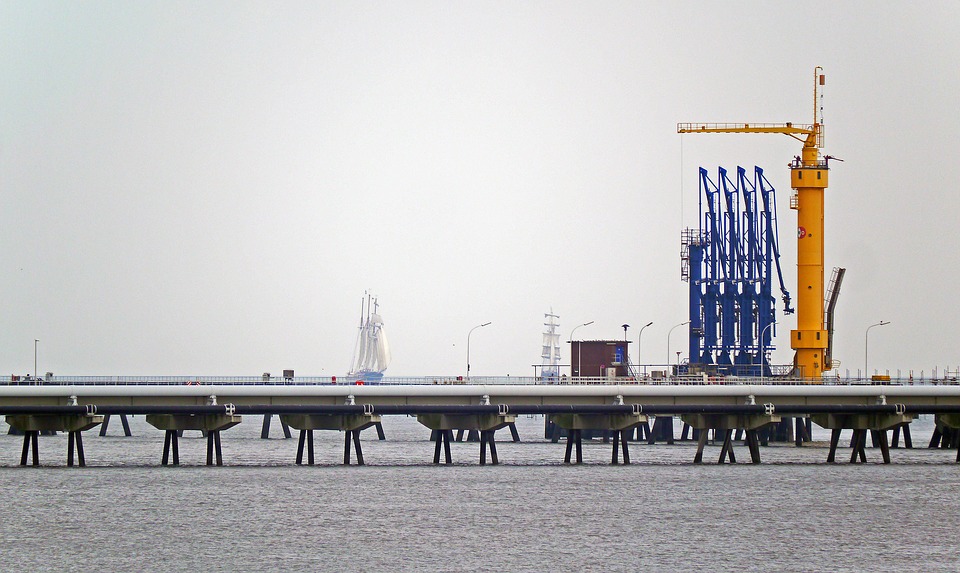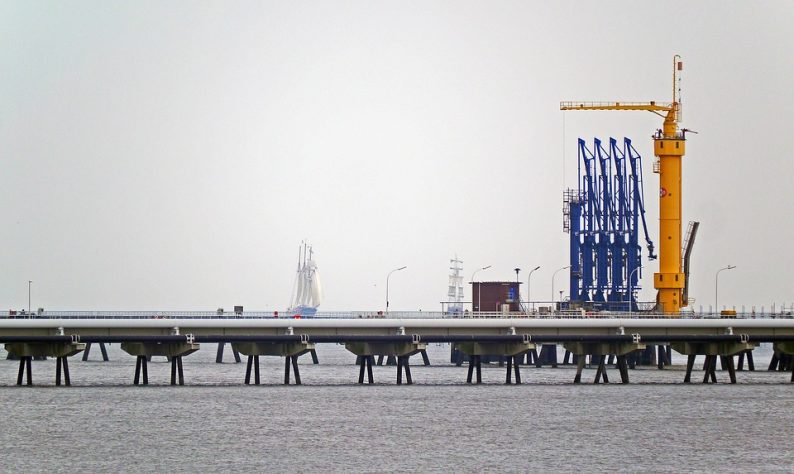The dog days of August have set in on the moves in the commodities, have been exaggerated. While oil holds the 200-day moving average, after a major seasonal sell-off, the concerns about a serious demand slowdown are most likely overblown. Turkey, of course, is a major oil producer and Consumer. NOT! The fears of contagion, steaming from the stepped upped pressure from the Trump Administration, has been overdone. We are in the dog days, and when oil bears start licking their chops mistaking seasonal weakness for a major bear turn in the market.

In fact, it was almost a year ago to the day, I wrote Dog Day’s in my articles. I wrote that “Oil prices were a dog yesterday as the summer doldrums and rising U.S. oil production failed to inspire oil despite another near-record crude oil draw. Shale hope may run high as we get into shoulder season, yet the drop-in oil inventory will start to become a concern as soon as the normal players start paying attention to massive crude drawdowns and near-record global demand. Yet, the mood on oil as we approach shoulder season is still week until we have news that will awake us out of our summer slumber.” We did awake. We went from $47 a barrel area to near above $60 by the end of the year. While we have different issues this year our bullish outlook remains the same.,
Demand slowdowns in Asia, from record levels, is raising some concern but some of that is seasonal. Oil demand from China and India, fell in July by roughly 500,000 barrels per day below their January-June average of 12.4 million barrels per day. That caused OPEC and the International Energy Agency to lower their demand forecast. IEA forecasts 2019 world oil demand growth of 1.5 million b/d. In its latest Oil Market Report, IEA left its 2018 world demand growth outlook unchanged at 1.4 million b/d.
Yet, even with that drop-in demand, with falling output in Venezuela and upcoming sanctions on Iran, it is going to be difficult to meet that demand. Global spare production capacity is still near historic lows, not leaving much room for error. In the Permian basin, in the U.S. bottlenecks, and declining field rates are going to limit growth next year.














Leave A Comment